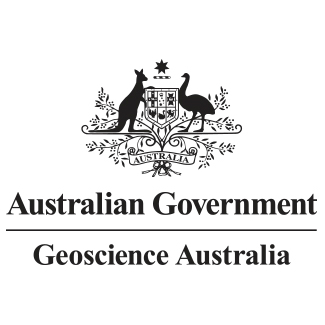Brief description
The bulk rock stable isotopes database table contains publicly available results from Geoscience Australia's organic geochemistry (ORGCHEM) schema and supporting oracle databases for the stable isotopic composition of sedimentary rocks with an emphasis on calcareous rocks and minerals sampled from boreholes and field sites. The stable isotopes of carbon, oxygen, strontium, hydrogen, nitrogen, and sulfur are measured by various laboratories in service and exploration companies, Australian government institutions, and universities, using a range of instruments. Data includes the borehole or field site location, sample depth, stratigraphy, analytical methods, other relevant metadata, and the stable isotopes ratios. The carbon (13C/12C) and oxygen (18O/16O) isotope ratios of calcareous rocks are expressed in delta notation (i.e., δ13C and δ18O) in parts per mil (‰) relative to the Vienna Peedee Belemnite (VPDB) standard, with the δ18O values also reported relative to the Vienna Standard Mean Ocean Water (VSMOW) standard. Likewise, the stable isotope ratio of hydrogen ( 2H/ 1H) is presented in delta notation (δ 2H) in parts per mil (‰) relative to the VSMOW standard, the stable isotope ratio of nitrogen ( 15N/14N) is presented in delta notation (δ15N) in parts per mil (‰) relative to the atmospheric air (AIR) standard, and the stable isotope ratio of sulfur ( 34S/ 32S) is presented in delta notation (δ 34S) relative to the Vienna Canyon Diablo Troilite (VCDT) standard. For carbonates, the strontium (87Sr/86Sr) isotope ratios are also provided.
These data are used to determine the isotopic compositions of sedimentary rock with emphasis on the carbonate within rocks, either as minerals, the mineral matrix or cements. The results for the carbonate rocks are used to determine paleotemperature, paleoenvironment and paleoclimate, and establish regional- and global-scale stratigraphic correlations. These data are collated from Geoscience Australia records, destructive analysis reports (DARs), well completion reports (WCRs), and literature. The stable isotope data for sedimentary rocks are delivered in the Stable Isotopes of Carbonates web services on the Geoscience Australia Data Discovery Portal at https://portal.ga.gov.au which will be periodically updated.
Lineage
Maintenance and Update Frequency: asNeeded
Statement:
The Bulk Rock Stable Isotopes Database Table was created in the ORGCHEM schema to release the stable isotopic composition of sedimentary rocks with an emphasis on calcareous rocks and minerals sampled from boreholes and field sites. Data are collated from Geoscience Australia records, destructive analysis reports (DARs), well completion reports (WCRs) and literature. These data are released in the Stable Isotopes of Carbonates and Sedimentary Rocks web services on the Geoscience Australia Data Discovery Portal at https://portal.ga.gov.au which will be periodically updated.
Notes
Purpose
Release of the bulk rock stable isotopes database table and web services in the Geoscience Australia portal at https://portal.ga.gov.au
![]()




